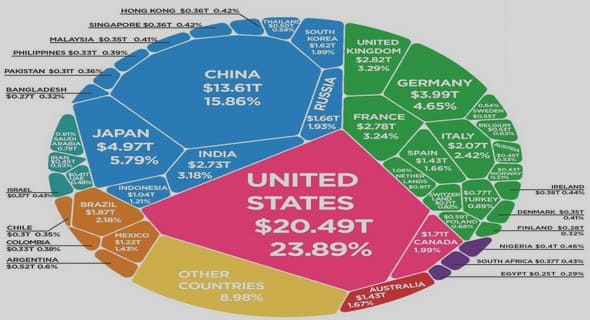(Downloads - 0)
For more info about our services contact : help@bestpfe.com
Table of contents
Introduction
1 Intergovernmental Conflict and Censorship: Evidence from China’s Anti-Corruption Campaign
1.1 Introduction
1.2 Background
1.2.1 Types of Newspapers
1.2.2 Censorship of Newspapers
1.2.3 Anti-Corruption Campaign
1.3 Data and Descriptive Statistics
1.3.1 Newspapers
1.3.2 Officials under Investigation
1.3.3 Articles
1.4 Empirical Strategy
1.4.1 Are Local Corruption Scandals Selectively Underreported?
1.4.2 How are Local Corruption Scandals Reported?
1.5 Results
1.5.1 Underreporting of Corruption Scandals: “Tigers” versus “Flies”
1.5.2 Deemphasising Local Corruption Scandals
1.6 Mechanisms
1.6.1 Readers’ Interest in Local Corruption
1.6.2 Effect of Underreporting on Local Government Accountability
1.6.3 Conditions for Newspaper Capture
1.6.4 Importance of Local Political Connections
1.6.5 Interpretation of Results
1.7 Robustness
1.7.1 Time-Profile of Estimated Coefficients
1.7.2 Flexible official- and newspaper-province specification
1.7.3 Functional form specification
1.7.4 Investigative Reporting
1.7.5 Selection of officials and newspapers
1.8 Conclusion
1.9 Figures
1.10 Tables
Appendices
1.A Detailed Sample Description
1.B Descriptive Text Analysis of Newspaper Articles
1.B.1 Sentiment Analysis
1.B.2 Content Analysis
1.C Sina Weibo
1.D Additional Figures and Tables
1.E Additional Robustness Check Tables
1.F Regression Tables for Figures in Main Text
2 Anti-Japanese Protests, Social Media Hate Speech and Television Shows in China
2.1 Introduction
2.2 Background
2.2.1 Relationship between China and Japan
2.2.2 Media environment in China
2.3 Data
2.3.1 TV data
2.3.2 Social media data
2.3.3 Anti-Japanese protests
2.3.4 Other data
2.4 Empirical Strategy
2.4.1 Endogenous scheduling
2.4.2 Selection of TV audiences
2.5 Results
2.5.1 Anti-Japanese Protests
2.5.2 Anti-Japanese Hate Speech on Social Media
2.6 Robustness
2.6.1 Leads and Lags of Historical TV Drama Exposure
2.6.2 Excluding TV Shows By Own-Province TV Channel
2.7 Conclusion
2.8 Figures
2.9 Tables
Appendices
2.A Social Media
2.B Additional Descriptive Statistics
2.C Additional Results and Robustness Tables
3 Economic performance, land expropriation and bureaucrat promotion in China
3.1 Introduction
3.2 Background
3.2.1 Chinese bureaucratic system
3.2.2 Land markets in China
3.3 Theoretical Framework
3.4 Data and descriptive statistics
3.4.1 Prefecture CCP secretaries
3.4.2 Land expropriations
3.4.3 Macroeconomic data
3.4.4 Remote sensing data
3.5 Empirical strategy
3.5.1 Effect of competition on promotion
3.5.2 Effect of competition on policy choices
3.6 Results
3.6.1 Promotions and the number of competitors
3.6.2 Economic growth and number of competitors
3.6.3 Construction-led growth
3.6.4 Consequences of land expropriations
3.6.5 Public goods provision
3.7 Robustness checks
3.7.1 Explaining variation in starting cohort size
3.7.2 Identification checks
3.7.3 Alternative specifications
3.7.4 Data quality concerns
3.8 Conclusion
3.9 Figures
3.10 Tables
Appendices
3.A Robustness Tables and Figures
3.B Model
3.C Detailed sample description
3.C.1 Bureaucrats
3.C.2 Policy outcomes
3.D Measurement of GDP growth using night light data 221
Bibliography




